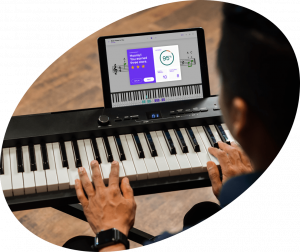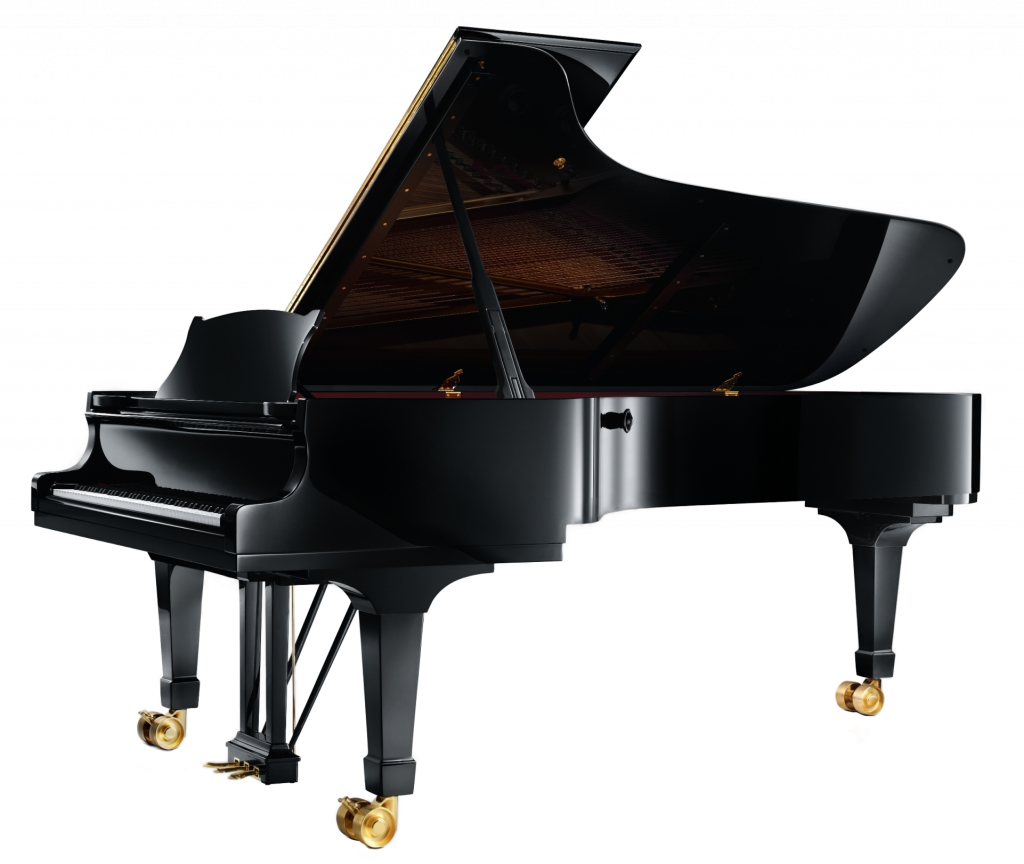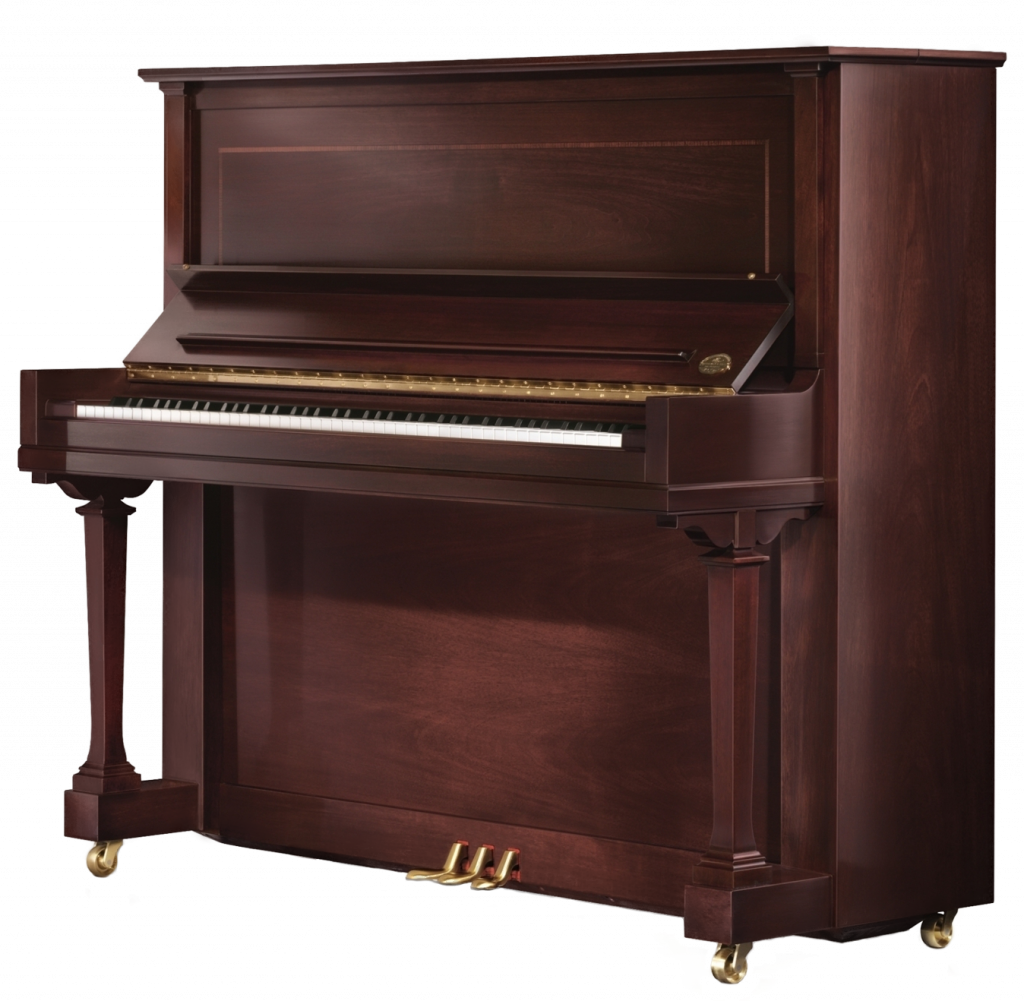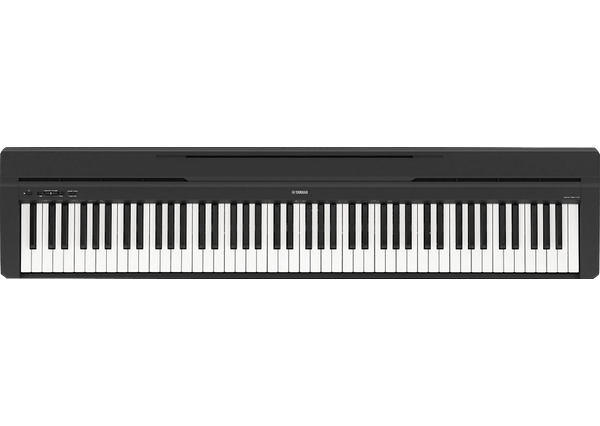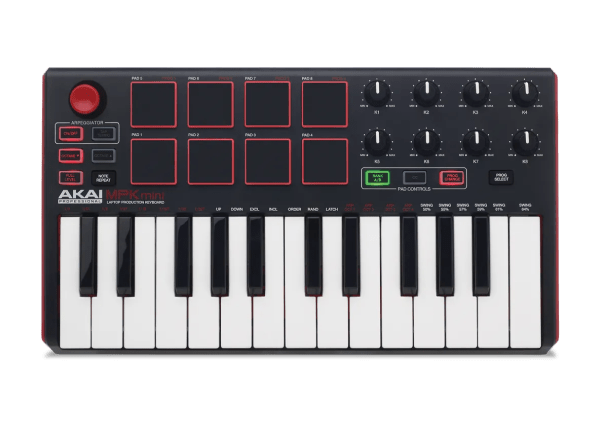How to choose the right hardware
Keyboard vs. piano – which is better for learning? This is probably the first question on your mind, if you’re just starting out on your piano journey. We know from experience that buying or renting an instrument can feel overwhelming because there are so many different options. This is especially true when it comes to piano!
The reality is that there is no best keyboard to learn piano. Instead, each keyboard type has its own pros and cons. Understanding these tradeoffs will help you make an informed decision about which instrument to buy or to rent. Also, your preferred method of learning will affect your decision: in particular, if you want to use music software to practice, you’ll need to buy appropriate equipment. Once you choose your learning method, your options may narrow down.
But first, let’s explore all of the options…
What are the different types of pianos?
In what follows, we’ll discuss the following types of pianos and keyboards:
- Acoustic pianos
- Grand pianos
- Baby grand
- Concert grand
- Upright pianos
- Studio pianos
- Console pianos
- Digital pianos
- Synthesizers
- MIDI controllers
This is not a comprehensive list, but it highlights some of the distinctions to keep in mind as you figure out which instrument is a good fit for you.
What are the features that set them apart from each other?
The biggest categorical difference between keyboard types is acoustic pianos vs. digital pianos or keyboards:
- An acoustic piano makes sound physically, without electricity. When you press down a key, a hammer inside the piano hits strings, causing them to resonate. This is what most people think of when they imagine a piano in a concert hall or in someone’s living room. They tend to have 88 keys.
- With a digital piano or portable keyboard, when you press down a key, an electronic signal triggers a piano sound (whether recorded or synthesized), which is played through speakers or headphones.
Acoustic pianos differ from digital pianos and keyboards in several fundamental ways:
- Price. Acoustic pianos tend to be more expensive than digital pianos and synthesizers. This is because of the huge amount of labor and expertise involved in making an acoustic instrument.
- Size and portability. Acoustic pianos are big, heavy pieces of furniture. They take up a lot of space and you probably won’t want to move them around once they’re set up. Digital pianos are somewhat lighter, but may still be too heavy to move around easily. Synthesizers and controllers tend to be lighter and more portable.
- Maintenance. Acoustic pianos require tuning and regular upkeep, while digital instruments don’t.
Given these differences, it may seem like digital instruments have nothing but advantages compared to their acoustic counterparts. Indeed, digital keyboards and synthesizers are generally cheaper, lighter, more flexible, and less fussy than acoustic pianos. But let’s not forget the most important category, which is also the most subjective: Sound (and sound quality). Acoustic pianos sound different from digital ones, period.
How to choose the best piano for beginners
For some, the allure of the acoustic piano sound will be worth its price tag and commitment. If you are interested in buying an acoustic piano, you should be aware that there are various acoustic subcategories, largely based on size. Size isn’t just for show: it has an effect on the instrument’s sound, especially for the low notes, which require longer strings for a clearer sound.
- Grand pianos have the strings stretched out horizontally, and tend to be the largest (and most expensive) options available, ranging from around 5 feet long (a baby grand piano) to over 9 feet (a concert grand).
- Upright pianos take up less space because the strings are arranged vertically. They include studio pianos, which are about 4 feet tall, and console pianos, which are a little shorter.
The “best” option for a beginner is whatever lies at the sweet spot of affordability and sound quality.
Types of keyboard pianos
Don’t assume that you need to invest in an acoustic piano to start making music. Many digital instruments sound great too, for a fraction of the price. There’s even greater variety among digital pianos and keyboards, which vary not only in size, weight, and sound quality, but also in basic functionality.
- A digital piano refers to an instrument emulating an acoustic piano. These often have built-in speakers and weighted keys. Many support a connection to computer software or other digital instruments using MIDI or USB. They tend to be full-range keyboards, with 88 keys. They’re a good choice for people who want to play piano music, but who don’t want to deal with the hassle or expense of an acoustic piano.
- There are also synthesizers. They are often more portable than a digital piano, with fewer keys, though some do have the full range of 88 keys. Synthesizers generally aren’t weighted and don’t have built-in speakers. Each synthesizer has its own unique range of electronic sounds, often including piano sounds. As with digital pianos, they generally support a MIDI or USB connection. These are especially good for people who want access to non-piano sounds, or who want to experiment with music or audio production software.
- Last but not least, there are MIDI controllers which don’t make any sound on their own at all. These are exclusively MIDI or USB devices, designed (as their name suggests) to control other electronic instruments. These are the cheapest option, but they always require additional software or hardware to actually make sound. They tend to be used a lot by music producers.
How to choose the best keyboard to learn piano
If you want to buy a digital keyboard, here are a couple additional guidelines to consider:
- Range (number of keys). A full-size piano is 88 keys (though some special grand pianos have even more keys!). Synthesizers and controllers are often smaller, down to 25 keys (2 octaves). For learning piano, you want a keyboard with at least 49 keys (4 octaves).
- Compatibility. If you want to hook up your keyboard to your computer or some other device, make sure that the keyboard supports an appropriate hardware interface, such as MIDI or USB.
Keyboard vs. piano: weighing your options
Here’s a keyboard vs. piano comparison chart that summarizes some of the differences we discussed in this chapter.
| Price | Portability | Range | Tuning | Weighted keys | Self-contained | |
|---|---|---|---|---|---|---|
| Acoustic grand piano | Relatively expensive | Not portable | 88 (or more!) keys | Required | Yes | Yes |
| Acoustic upright piano | Relatively expensive | Not portable | 88 keys | Required | Yes | Yes |
| Digital piano | Varies | Varies | Generally 88 keys | Not required | Varies | Varies |
| Synthesizer | Varies | Varies | Varies | Not required | No | Varies |
| MIDI controller | Relatively cheap | Portable | Generally fewer keys | Not required | No | No |
To wrap up, a few words of wisdom:
- Take your time to explore the options and listen to the differences between them.
- It’s worth talking to some experts (an experienced piano teacher or tuner, for example), and may be worth hiring one to help you out, especially if you’re expecting to make a major purchase. (This is especially true if you’re looking to buy a used acoustic piano. An expert will know what questions to ask when buying a used piano: for example, is the soundboard intact? Will you have to fix anything that’s broken?)
- That said, don’t assume that you have to pay a lot of money to get started! A pro for learning on a digital keyboard is that some learning apps, such as Playground Sessions, offer bundles.
Have fun exploring, and good luck finding an instrument that’s right for you!
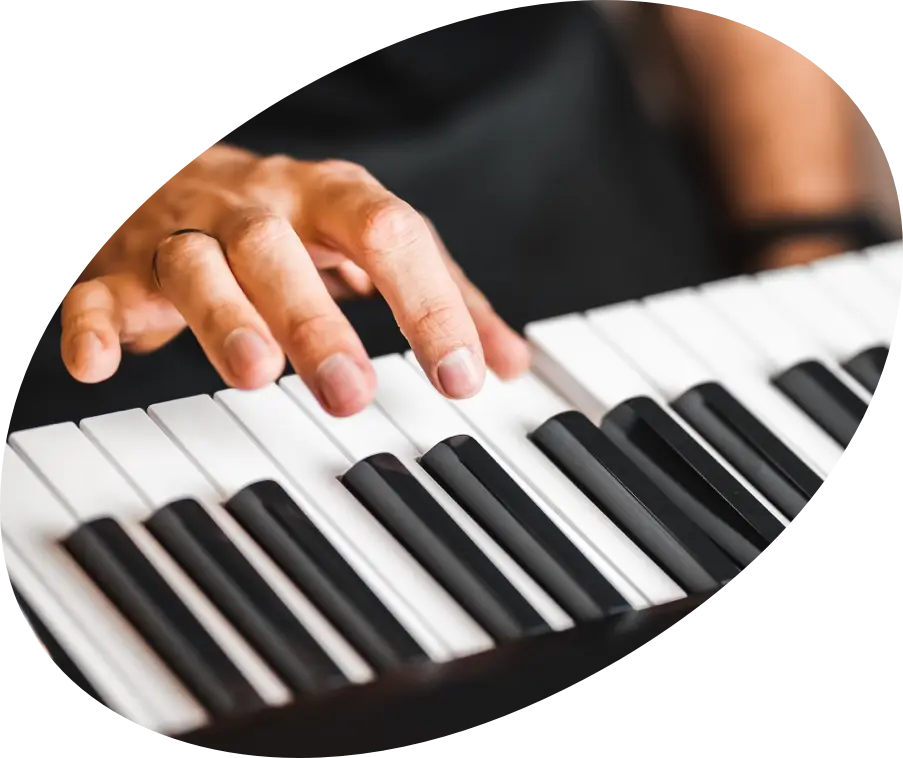
How to play piano for beginners
Learn everything you need to know to get started on your piano learning journey.
